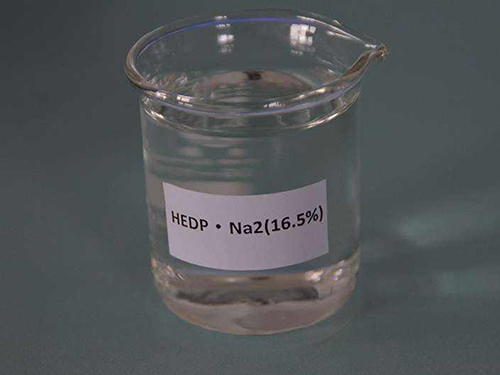Development and Applications of Partially Hydrolyzed Polyacrylamide in Various Industrial Processes
Understanding Partially Hydrolyzed Polyacrylamide Applications and Benefits
Partially Hydrolyzed Polyacrylamide (PHPAM) is a synthetic polymer derived from polyacrylamide, which is widely known for its versatile applications in various industries, including agriculture, oil recovery, and wastewater treatment. The chemical modification that PHPAM undergoes—partial hydrolysis—results in a polymer with enhanced properties that cater to specific applications. This article explores the characteristics, applications, and advantages of PHPAM, shedding light on its integral role in modern industrial processes.
Chemical Properties and Structure
Polyacrylamide is produced through the polymerization of acrylamide monomers. When subjected to partial hydrolysis, only a portion of the amide groups in the polymer is converted to carboxylate groups, leading to anionic behavior. The degree of hydrolysis can significantly influence the molecular weight and viscosity of the polymer, making PHPAM a tailored material for distinct uses.
The anionic nature of PHPAM contributes to its solubility in water, allowing it to form viscous solutions that can effectively interact with various substrates and environments. This solubility, combined with the polymer's high molecular weight, makes PHPAM an excellent agent for improving the parameters of processes it is involved in.
Applications of Partially Hydrolyzed Polyacrylamide
One of the primary applications of PHPAM is in the oil and gas industry, where it is used as a viscosifier in drilling fluids. The presence of PHPAM helps to maintain the stability of the drilling fluid, allowing for better control over the viscosity and density of the fluid column. This is crucial in minimizing the risk of blowouts and maintaining wellbore integrity during drilling operations.
partially hydrolysed polyacrylamide

In agriculture, PHPAM serves as a soil conditioner that enhances water retention and reduces erosion. By improving soil texture and structure, PHPAM allows for efficient water management, leading to improved crop yields. Farmers increasingly turn to this polymer to address challenges posed by drought conditions and soil degradation.
Moreover, in wastewater treatment, PHPAM plays a vital role as a flocculating agent. Its ability to aggregate suspended particles facilitates the clarification of wastewater, making it easier to remove impurities and achieve regulatory compliance. This application is particularly relevant in industries where large amounts of wastewater are generated, and efficiency in treatment is paramount.
Advantages of Using PHPAM
The use of PHPAM provides several advantages across its applications. One of the most significant benefits is its effectiveness at low concentrations, allowing for cost reduction in formulation while still achieving desired results. Additionally, PHPAM's environmental compatibility is a notable advantage; it is biodegradable and has a relatively low toxicity profile, making it preferable over some traditional chemicals that pose higher environmental risks.
Furthermore, the versatility of PHPAM makes it adaptable to various formulations and processes. It can be modified further to enhance its properties, allowing manufacturers to customize it according to specific needs and applications.
Conclusion
Partially Hydrolyzed Polyacrylamide stands out as a multifaceted polymer with a broad range of applications in industry and agriculture. Its unique properties, stemming from partial hydrolysis, make it an essential component in enhancing efficiency and sustainability in practices such as drilling, agriculture, and wastewater treatment. As industries continue to seek innovative solutions to meet regulatory and environmental challenges, PHPAM is likely to play an increasingly significant role in future developments.
-
Understanding Polycarboxylic Acids: Properties, Applications, and Future PotentialNewsJul.28,2025
-
Scale Inhibitor Explained: How to Protect Your System from Limescale and Hard Water DamageNewsJul.28,2025
-
Scale and Corrosion Inhibitors: Essential Chemicals for Industrial Water System ProtectionNewsJul.28,2025
-
Polyaspartic Acid: A Biodegradable Polymer for Sustainable ChemistryNewsJul.28,2025
-
Isothiazolinones: A Versatile Antimicrobial Class with Industrial Power and Regulatory ChallengesNewsJul.28,2025
-
A Deep Dive into 2-Phosphonobutane-1,2,4-Tricarboxylic Acid (PBTC)NewsJul.28,2025





